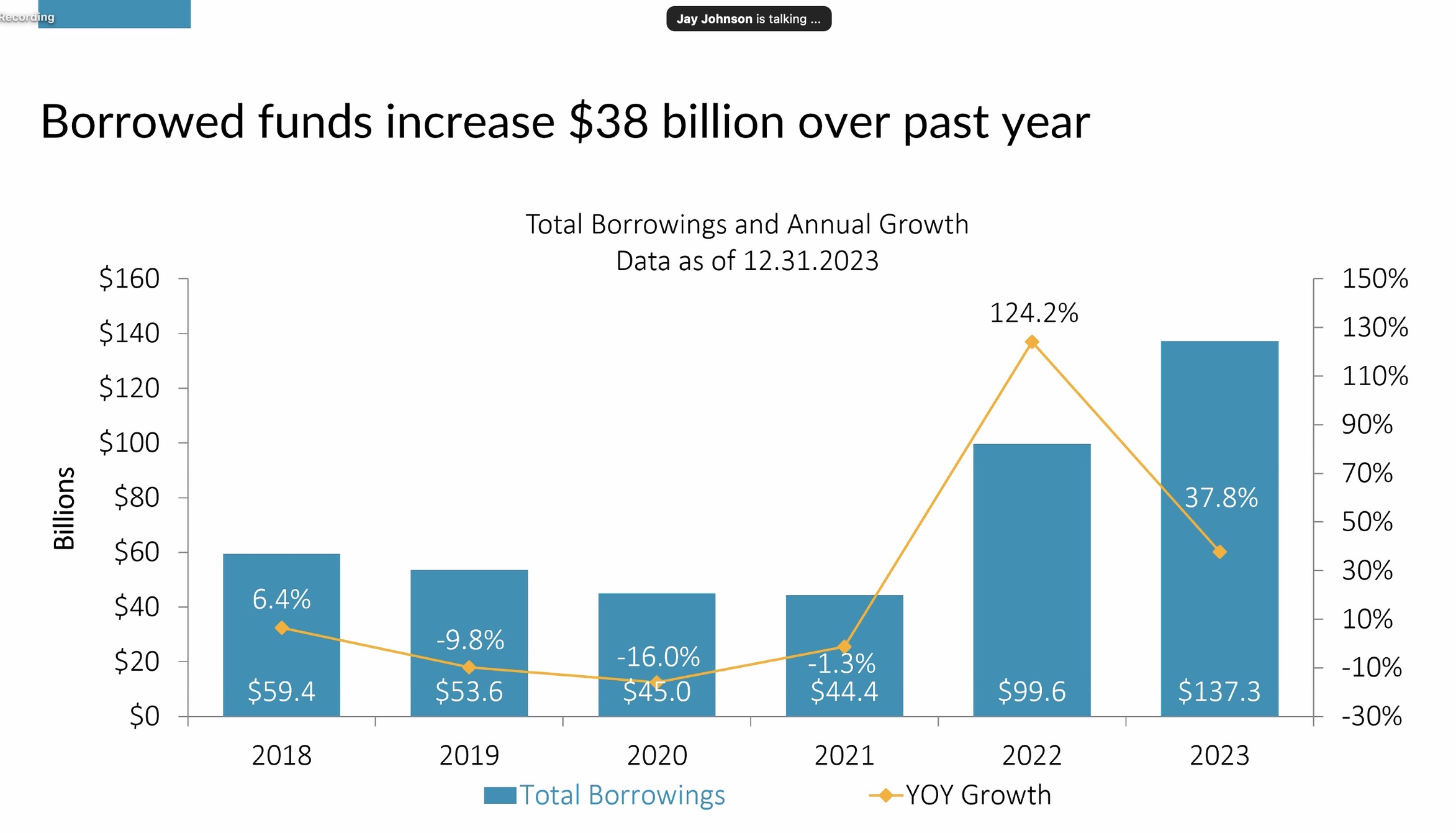Communication transforms when it touches a person’s emotions. It transcends the moment. It becomes art. It helps us see beyond what we knew before.
The most difficult challenge for any organization is telling anyone why they should be interested in joining with you.
Messaging is more than competing for our attention with a product commercial or a clever brand. Ultimately, it must appeal to something inside. It should make us care.
He Gets Us is a video campaign that attempts to represent the “greatest love story ever told.” It suggests the relevance of christen belief in today’s context of religious decline or misuse.
This creative group states its purpose as follows:
We’ve done a lot of homework on our culture. We researched how people feel about each other and what they think about Jesus and Christianity. We’ve connected with thousands of people of various faith traditions and those who claim no religion. We spoke to all kinds of people — different backgrounds, beliefs, and, yes, political affiliations.
And this is what we’ve learned: From politics to sexuality and religion, so many of us feel like our values, beliefs, and identities are under attack by the ideological “others” around us. Many perceive those who differ with them on issues of justice, dignity, and humanity as not just wrong or misguided but also as evil. As enemies. We often see these “others” as close-minded, selfish, hypocritical — and if we’re honest, many of us respond in kind.
This week I will share several of the group’s “presentations” which look and are sometimes presented as commercials. But they are much more. They help us see, to understand more than we did before watching them.
The Credit Union Parallel
What do these “messages” have to do with credit unions? To be seen as relevant in today’s crowded social media is the same challenge credit unions confront. There are a number of organizational parallels.
The participation trend lines in most religious denominations are trending down. Smaller churches are closing. Larger ones are greying. Sunday or Saturday “sabbath” is a time for family errands, fun outings and preparation for the week ahead-not participating in a community of shared purpose. Society’s divisions are mirrored in our religious practice as presented in the group’s purpose:
The more ideologically defensive we become, the more we are willing to sacrifice things like kindness, patience, and the respect and dignity of others for the sake of victory — the righteous ends justifying the dehumanizing means. And it’s tearing us apart. We experience it in politics, in the workplace, in schools, and even in churches. And at the heart of the conflicts is a fundamental disagreement about what it means to be good.
Credit unions and churches no longer seem central to many persons’ lives. Our basic needs and core values, “to be good,” are fulfilled in other ways and commitments.
The He Gets Us videos try to show the relevance of lessons from generations ago for real people today.
My hope is to inspire rethinking for today’s coop messages. We need to move beyond the headlines and priorities of our current moment and rediscover the energy that made the industry a movement, an alternative to the status quo and rediscover who we can aspire to become.
The Immigrants
A hot button topic when people are polled about public issues for political campaigns is the flow of migrates to America.
The one-minute video, Refugee, presents this ongoing human circumstance with a specific context.
(https://hegetsus.com/en/featured-videos/refugee)
What I found equally compelling is the producer’s five-minute story telling how this video was assembled. The making of the Refugee video:
(https://hegetsus.com/en/featured-videos/the-making-of-refugee)
Does this message open one to a different way of seeing this issue? Does it stay with you after viewing? Does this human-centered perspective suggest a parallel in your credit union’s role?


